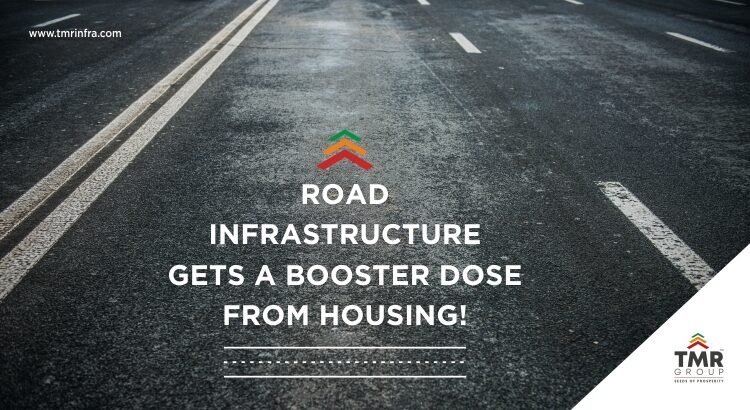The infrastructure and connectivity of a city or urban centre are paramount to its development. As cities grow, so do their exteriors and peripheries that provide alternatives for affordable housing in the peripheral city areas. Convenient connectivity to the city’s core business districts and peripheries is vital for a suitable living environment.
There is a strong inverse correlation between road infrastructure and urban standard of living. When new roads are constructed across the expanse of rural and urban areas, the spread of development happens over a wider geography. This helps to potentially bring down the premium that certain urban agglomerations command for having better connectivity. This could be particularly true for metro cities in India with space constraints, such as Mumbai, Hyderabad and Bengaluru.
One of the downsides, however of this story is the lack of infrastructure management which often leads to incidents of worry on the roads. To ensure commuters have a smooth and incident-free ride on city roads in Hyderabad, the Greater Hyderabad Municipal Corporation (GHMC) has sanctioned 7,513 road-related projects under its jurisdiction for the fiscal year 2022-23. These works will be at a staggering cost of Rs 19.47 billion.
Of the 7,513 sanctioned road-related works, the GHMC has already completed 2,219 works. These expenditures amount to Rs 458.35 crore. According to official statements, the remaining 5,294 road works are in various stages of completion.
The state government plans to develop 104 link roads at the cost of Rs 2,410 crore under its Missing Links Projects (Phase-III) Programme. In a press release, the Hyderabad Road Development Corporation Limited (HRDCL) said that the objective of proposing these link roads is to improve mobility, ease traffic and enhance the growth of commercial establishments in the state.
CRMP agencies have also been allotted the responsibility of overall upkeep and maintenance of the entire main road stretches in traffic-worthy condition for five years. They’ll be responsible for maintaining the central medians, sanitation, greenery development, and kerb painting on main roads. Of the total 811.96 km main road network, CRMP agencies have already re-carpeted and worked on over 690 km of road.
Come monsoons, water logging and consequent degradation of roads is a common sight. The GHMC has taken initiatives to avoid rainwater stagnation and ensure the longevity of the roads that get frequently waterlogged during downpours. The body has decided to lay Vacuum Dewatered Cement Concrete (VDCC) roads instead of regular bitumen roads. The GHMC proposed 146 km of Vacuum Dewatered Cement Concrete (VDCC) with an outlay of Rs 158.67 crore this financial year, and these works are already underway in various locations. These roads are laid in colonies and stretches where traffic is relatively less than on major thoroughfares.
This boost to the city’s infrastructure lays the foundation for a flourishing future for Hyderabad and its peripheries. With link roads and connectivity to the core strengthening, residential rental yields are likely to multiply in the coming years. This marks the perfect opportunity to invest in plots in the future land of Maheshwaram and Chegunta near Hyderabad with TMR Group. Visit https://tmrinfra.com/ to know more!
